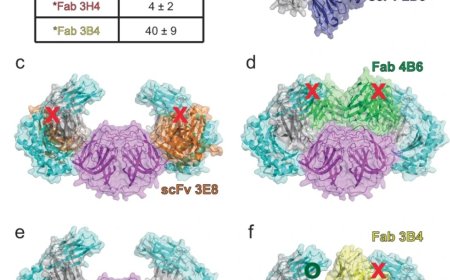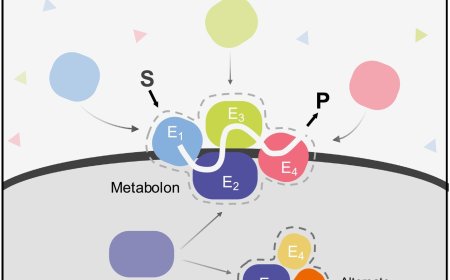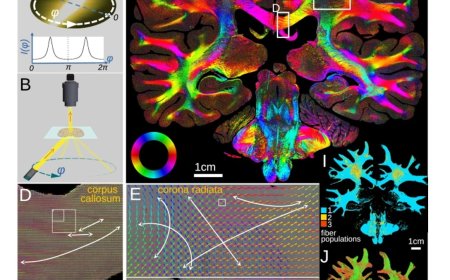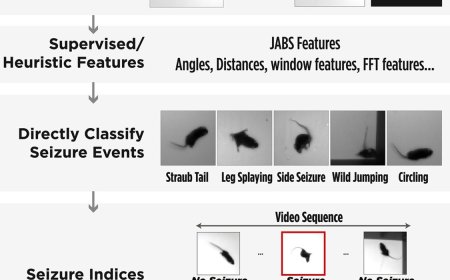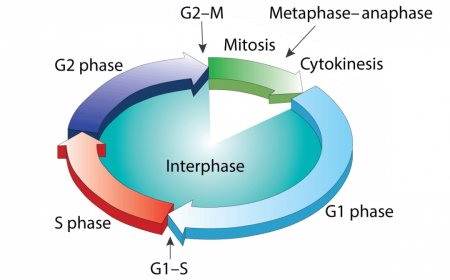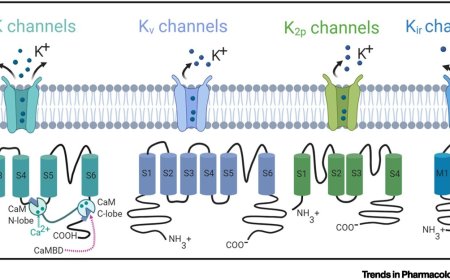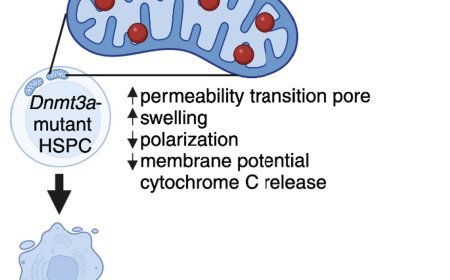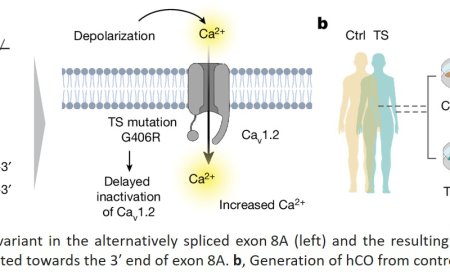Regenerative stem cells in the human intestine identified!

Intestinal tuft cells divide to make new cells when immunological cues trigger them. Additionally, in contrast to progenitor- and stem cells, tuft cells can survive severe injury such as irradiation damage, and contribute to the epithelium's regeneration. That is what researchers found using miniature human intestines grown in the lab. The findings, published in Nature, may have important implications for the regeneration of intestinal tissue after damage.
The human intestinal tract is responsible for the uptake of nutrients and the production of hormones. Additionally, it protects the gut from pathogens. These important functions are executed by specialized cells in the epithelium, the tissue that lines the intestines. The epithelium consists of different types of specialized epithelial cells, including tuft cells.
Tuft cells are present throughout the intestinal tract as well as in many other organs. Most insights into the function and ontology of these cells come from research with mice. Studies showed that one specific category of tuft cells protects the gut from pathogens. When tuft cells sense the presence of pathogens, they signal to immune cells and to the epithelium to initiate a strong defense response. However, due to a lack of human research models, the function of tuft cells in the human intestinal tract remained unknown.
More than enough reason for the researchers from the Organoid group to delve deeper into this matter using the unique organoid technology they developed. They grew miniature intestines in a dish, which mimic the function of actual human intestines. The structures, called organoids, contain all the different intestinal cell types. A co-first author of the paper explains: “We used these organoids to carefully monitor the development and function of tuft cells. Moreover, this model enabled us to study the effect of radiation on the function of the organoids.”
One of the most important discoveries the researchers made was that tuft cells can proliferate when immunological cues trigger them. “Upon receiving such immunological signals, tuft cells divide to make new tuft cells, which can in turn transdifferentiate and generate all other epithelial cell types. Through this process, tuft cells can restore the wounded gut,” says the author.
What is especially impressive about tuft cells is that they survive damage caused by irradiation. Where stem- and progenitor cells lose their ability to proliferate after such damage, tuft cells can survive and generate all different intestinal epithelial cell types. The author said: “We also grew organoids without tuft cells, and these organoids were unable to recover from radiation damage.” Tuft cells, therefore, play an essential role in repairing intestinal tissue upon damage.
“Tuft cells basically form a pool of reserve stem cells in the human intestines. A pool that is brought to action when damage has occurred,” the author explains. The findings, published in Nature, may have implications for regenerative medicine, a field of research that focuses on the repair and restoration of tissue. “In addition to more research into the exact regenerative function of human tuft cells, it would be interesting to study the function of tuft cells in other organs, for example in the liver, urinary tract and lungs,” the author concludes.
https://www.nature.com/articles/s41586-024-07952-6
https://sciencemission.com/Tuft-cells-act-as-regenerative-stem-cells-in-the-human-intestine
